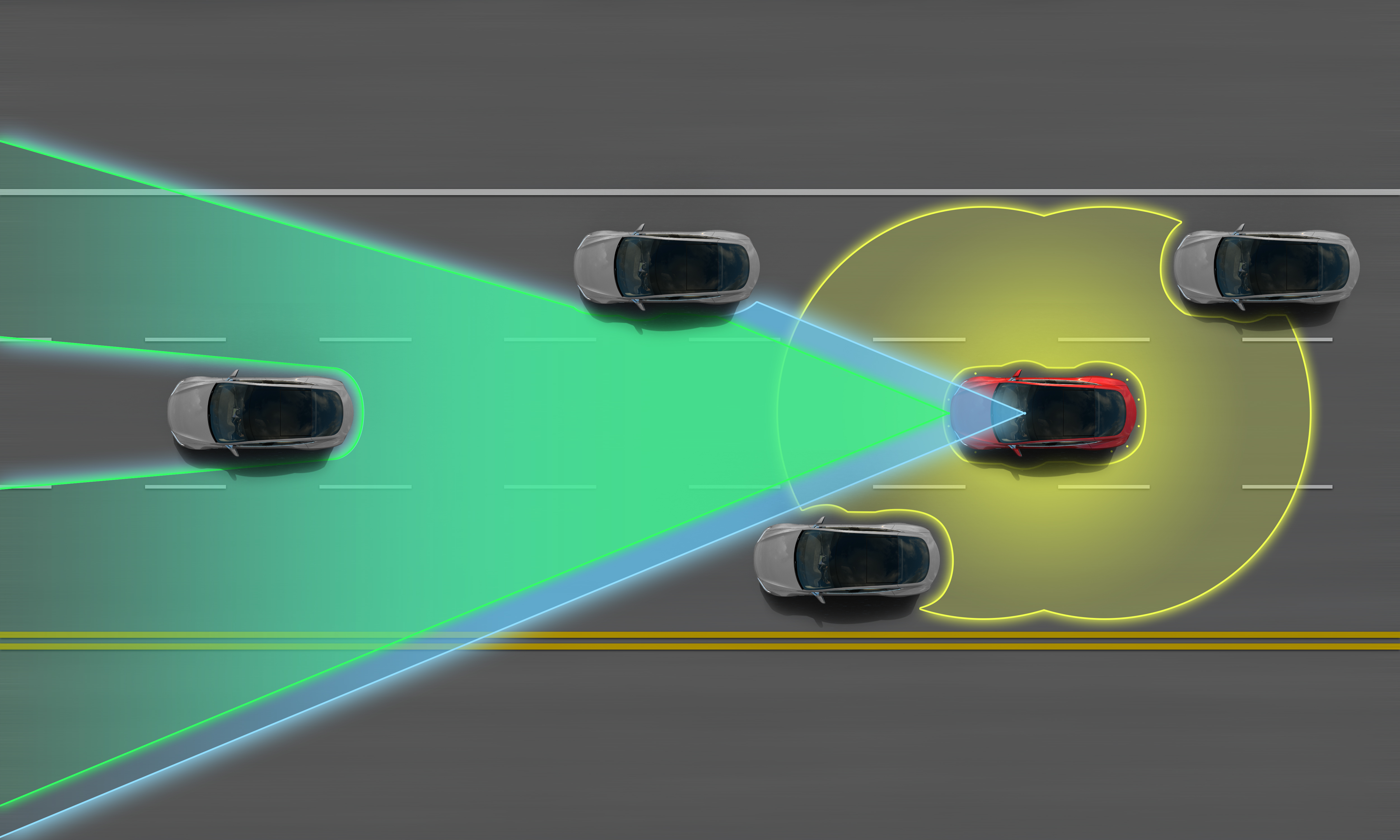Tesla:
Elon Musk is the CEO and CTO of SpaceX, co-founder, CEO, and product architect of Tesla. Recently his ingenuity in design, technology, and reinvention with common products has made him one of Forbes’ “Most Influential People”. Particularly Tesla specializes in the production of cars and auto-parts. The difference between Tesla and other car companies is that Tesla is on the way to revolutionizing the common car. Tesla wants to make cars completely electronic in order to rid pollution. Musk states, “Our goal when we created Tesla a decade ago was the same as it is today: to accelerate the advent of sustainable transport by bringing compelling mass market electric cars to market as soon as possible.” Tesla claims that their cars are safer, their products are efficient, and that their model is moving the world towards a greener state.
Relationship to Computer Science:
Being that Tesla necessitates a basis in electrical components, Tesla is extremely related to computer science. Just like your computer, Tesla’s car uses a Lithium Ion battery that requires charge. Since the car is electric it makes certain aspects of the car more efficient. They mention an Autopilot aspect to their new cars which is what it seems, a fully self-driven car that is much safer than the human driven alternative. The car is equipped with cameras covering all 360 degrees with “Twelve updated ultrasonic sensors….allowing for detection of both hard and soft objects at nearly twice the distance of the prior system”. There is also a central CPU that processes this data. It uses radar and sonar detection to allow vision in every single direction. The car, being self-driven, needs to be able to navigate around the map of the world as well. A program created by Tesla uses these sensors to park, drive, and maneuver the car around objects, roads, and parking spaces, all which fundamentally necessitate computer science to do so.
References:
https://www.tesla.com/autopilot https://cdn.arstechnica.net/wp-content/uploads/2015/05/Tesla-Autopilot.jpg




